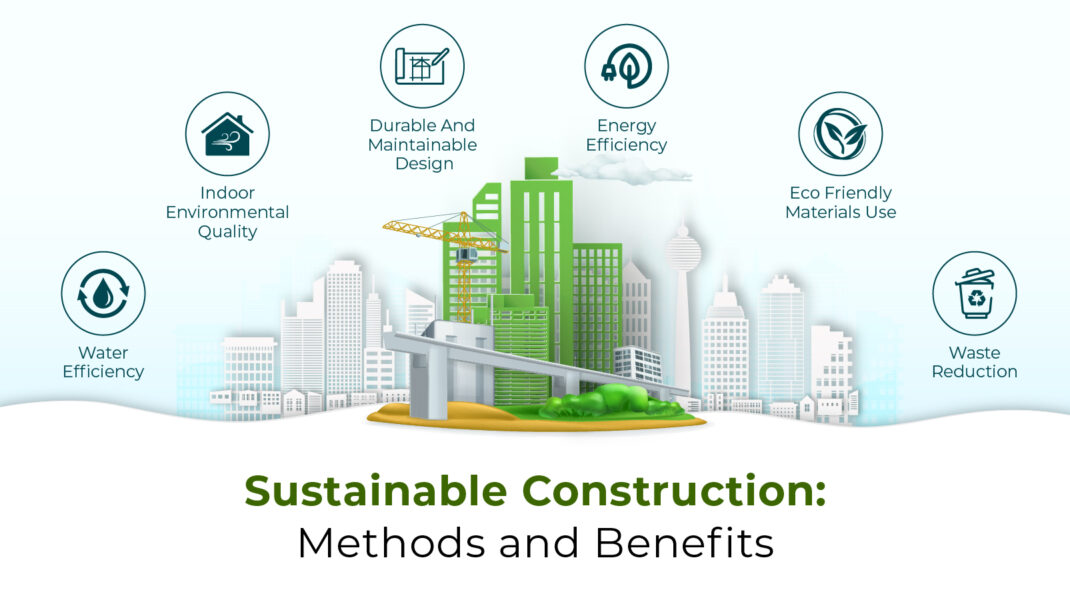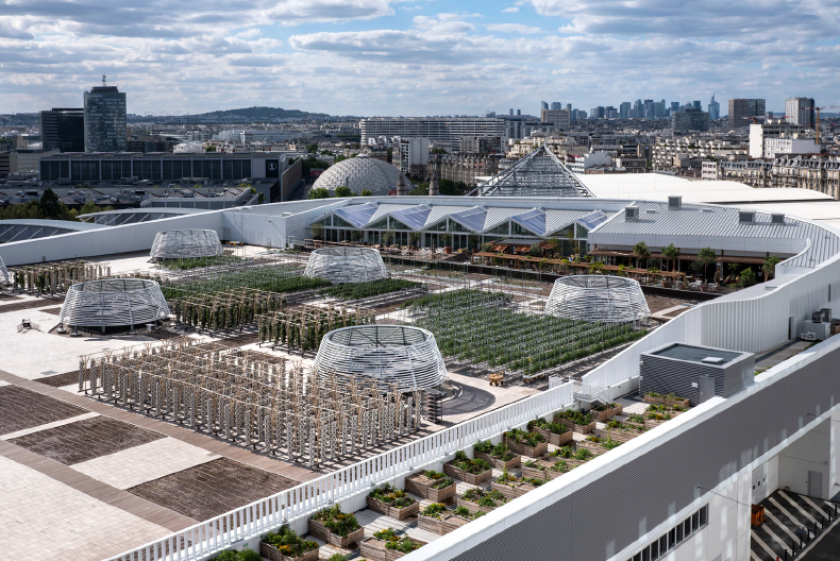I am a strong advocate for sustainability and biophilic design, and have been for a long time, long before I realized consciously what my subconscious was leading me towards. Lately, however, I have been having conversations that cause me to wonder if what we are doing is sufficient. In this short article, I will look at:
- Sustainability and biophilic design
- Regenerative design
- Responsibility of the built industry
- Biophilic design as a bridge
1.Sustainability and Biophilic design
Sustainability and even biophilic design are concepts and words we are used to hearing, and to some extent we have incorporated into our everyday vocabulary; even if, I am not totally sure we have truly embraced them.
As far as biophilic design is concerned there is still an incredible number of professionals both in the interior design industry and architecture who are still not clear exactly what it is., (in case you are wondering, it is not just about adding a few plants here and there). The materials we use in the built industry are very important, and now more than ever we need to make sure that they are really sustainable.
The United Nations’ definition of sustainability is:
“meeting the needs of the present without compromising the ability of future generations to meet their own needs.”
I believe a lot of steps forward have been made in particular in the built industry for hospitality and in the workplace – because of the data is supporting this shift and consequently, the clients feel there is an immediate economic benefit. What I would like to see however, is a leap forward also where this economic benefit may not be as immediate, such as in education and even in healthcare. It takes a bit of an effort and a vision on behalf of the key stakeholders, to make decisions that will have an impact on the well-being of the community as a whole in the longer run, and so in time, also on the economics of the project.

Sustainable construction. credit nestcon.com
In general it is important for the built industry to be proactive in considering it’s projects environmental impact and strive for continuous improvement. There is always more that can be done to make the built environment more sustainable.
The starting point being, examining a project based on the entire lifecycle.( life cycle assesement)
Is sustainable enough and can we aim for it to be regenerative?
- Regenerative design
Regenerative design is a holistic approach to design and planning, that seeks to, not only minimize the negative environmental impact of a project, but to actively contribute to the restoration and regeneration of the natural systems in which it is located.
Regenerative design needs to be thought through at the beginning of each project; it needs to be the underlying mantra. It changes our mindset and our behavior as individuals and as organizations. Designing or implementing a business with a regenerative approach means recognizing that we are part of a wider ecosystem and not simply onlookers.We need to look after the ecosystem we are part of and, like with raising children, we need to create conditions for it to flourish.So whatever decision we make in designing, in project work, in sourcing ; the underlying question we always need to ask ourselves:
“Is this decision/action adding to the growth of the ecosystem or is it deleting it? Is it healing or harming?”.

rooftop farming Paris . credit: Agripolis
Some examples of regenerative design in the built industry are the integration of natural landscapes such as roof gardens. We have already taken so much, it is now time to give back.
Did you know that the municipality of Paris has created the largest urban rooftop farm, and that many cities including London, and countries such as Denmark and Sweden, have created “pollinating stations” on top of bus stops for bees; take a look here.
Sustainability at times may seem a fluffy definition and many people and organizations, sometimes, play with it according to which way it benefits them the most. However, the “pure in heart” know that, to put it in one word, it translates to RESPECT.
- The responsibility of the built industry
For the built environment the goal of sustainability and regenerative design is to create a positive mutually beneficial relationship between the built envirnment and the natural systems that support it .
Including the fundamental principles of biophilic design to a project is the first step. This may include:
- Where possible upcycle and recycle, the number one lesson of sustainability- don’t buy more than is necessary.
- Chose products, of good quality, that are durable and have a long lifespan and that can easily be repaired or repurposed when they reach the end of their useful life
- Use natural materials and possibly local materials with a limited carbon footprint.
- Build with energy efficiency in mind using natural insulation where possible ( see hemp – Materials Monday)
- Limit the presence of Toxins (use low VOC – paint)
- Let natural light in as much as possible and for artificial lighting use energy-efficient lighting and appliances.
- Recycle wastewater and recover rainwater for irrigation of green areas.
- Design with communities in mind by creating adequate walkability, bike-ability, and access to public transportation
In conclusion, true sustainability, as defined by the United Nation has now become the bare minimum; we need to move forward toward a more regenerative model not only for the built environment but for businesses at large. This requires a mindset shift and a recognition that we are part of the earth’s ecosystem.
Even if we look at it from a more individualistic perspective, we need to soon realize that the more we delete our environment the more we are harming ourselves.
We can start small or go big ; start with our homes or our businesses ; start by adding principles of biophilic design and cultivating Respect.